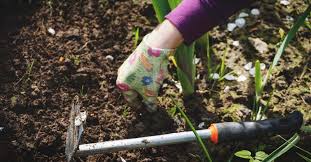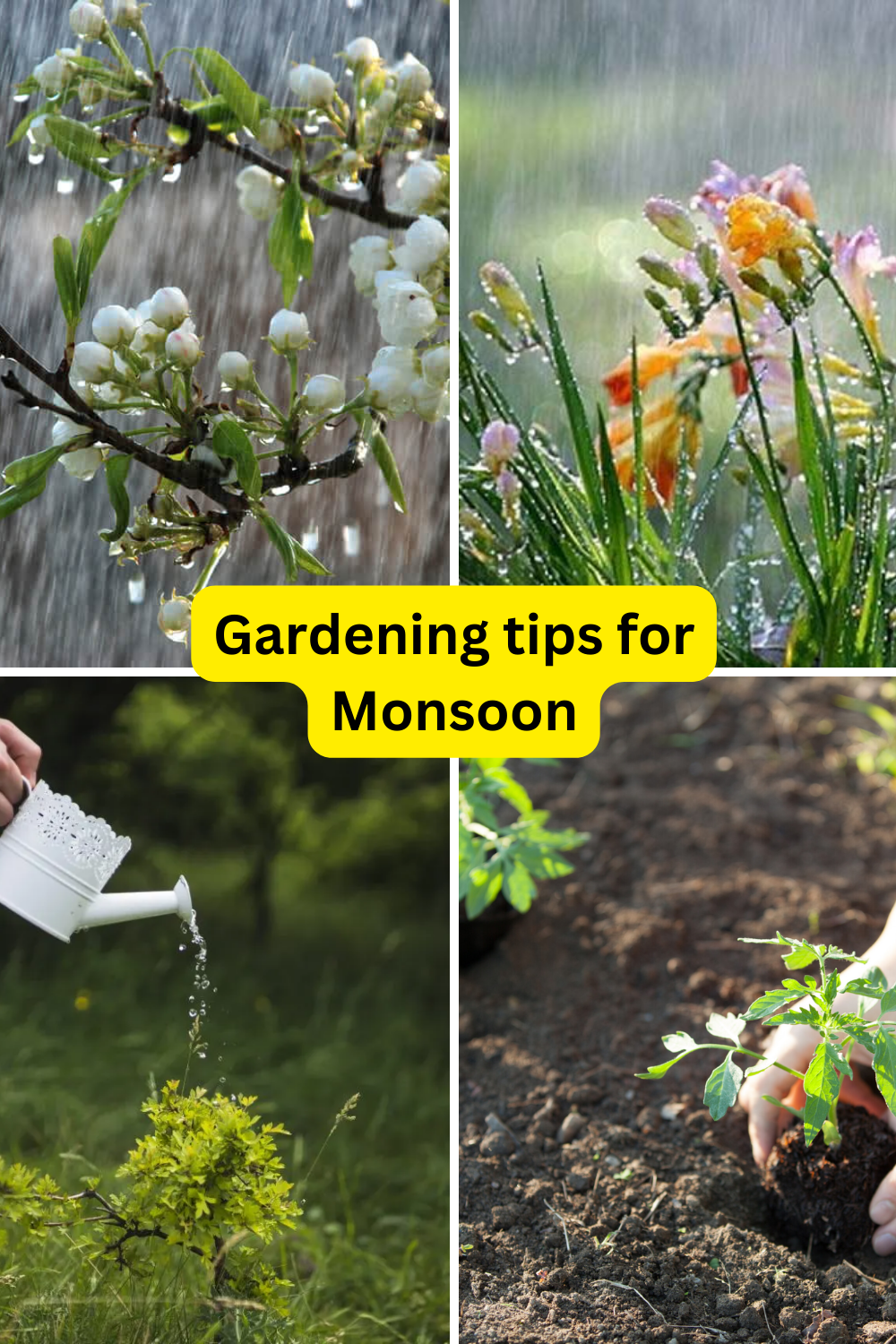Welcome to our blog that tells Gardening Tips for Monsoon Season. Monsoon season brings much-needed relief from the scorching summer heat and provides a perfect opportunity for gardens to thrive. However, the heavy rains and increased humidity can also pose challenges for gardeners. Here are some essential tips to help your garden flourish during the monsoon season.
1. Prepare the Soil
Before the monsoon arrives, prepare your soil to ensure it can handle the excess water. By following these steps, you can prepare your garden soil to withstand heavy rains and promote healthy plant growth during the monsoon season.
Aeration
- Loosen the Soil: Use a garden fork or an aerator to break up compacted soil. This improves air circulation and allows water to drain more effectively.
- Benefits: Aerated soil prevents waterlogging, promotes root growth, and helps beneficial microorganisms thrive.
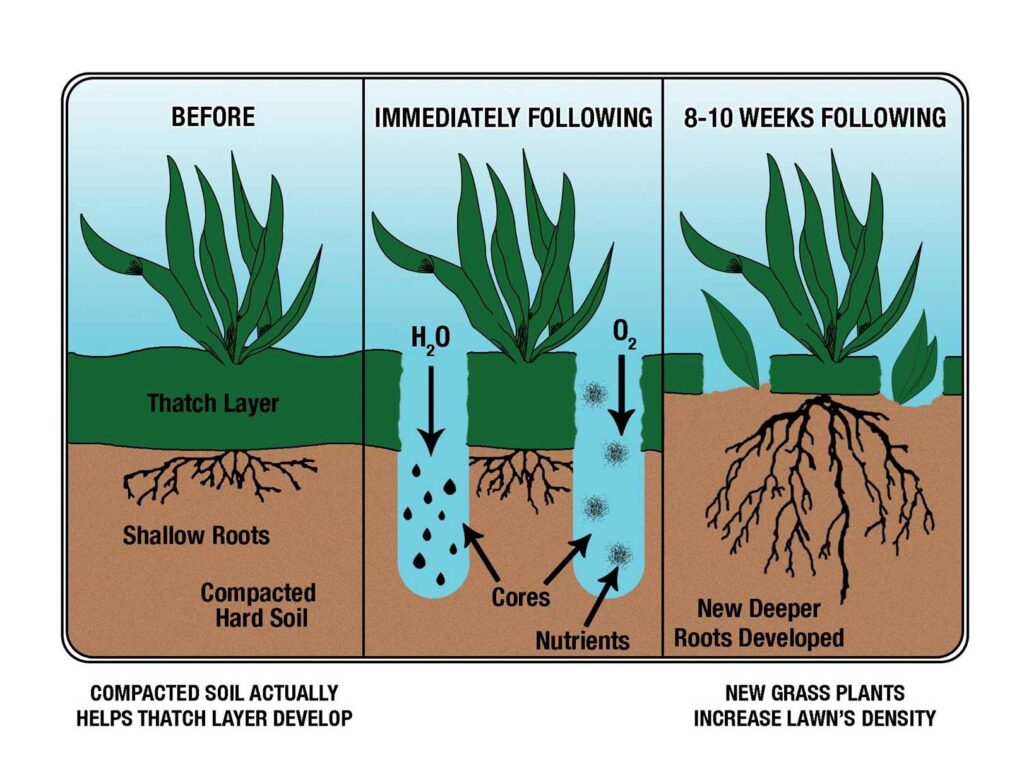
Composting
- Add Organic Compost: Mix in organic compost to enrich the soil. Compost adds essential nutrients and improves the soil structure.
- Benefits: Enriched soil enhances its water-holding capacity, supports plant health, and encourages better drainage.

Raised Beds
- Create Raised Beds: Build raised beds to elevate the soil level. This prevents water from pooling around plant roots.
- Benefits: Raised beds improve drainage, reduce the risk of root rot, and make it easier to manage soil conditions.
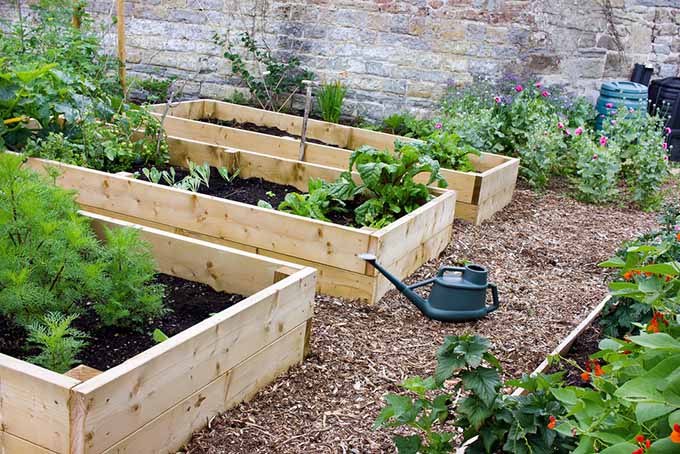
2. Choose the Right Plants
Selecting plants that thrive during the monsoon season can ensure a productive and beautiful garden. Here are some recommendations. By choosing these plants, you can make the most of the monsoon season, ensuring your garden remains lush and productive.
Vegetables
- Okra: Okra grows well in warm, wet conditions and can produce a bountiful harvest.
- Cucumber: Cucumbers thrive in the humid and moist environment of the monsoon.
- Tomatoes: Certain varieties of tomatoes can handle the excess moisture and continue to produce fruit.
- Leafy Greens: Spinach and amaranth grow rapidly and abundantly in the monsoon season.
Flowers
- Marigold: Marigolds are resilient and can handle the heavy rains, adding bright colors to your garden.
- Hibiscus: Hibiscus flowers love the wet conditions and will bloom beautifully during the monsoon.
- Rain Lilies: These flowers are aptly named for their ability to thrive and bloom after heavy rains.
Herbs
- Basil: Basil can grow well in the monsoon season with adequate drainage.
- Mint: Mint thrives in the moist, humid conditions typical of the monsoon.
- Coriander: Coriander is well-suited to the cooler, wetter weather of the monsoon season.

3. Planting Techniques
Proper planting techniques are crucial for a successful garden during the monsoon season. By timing your planting and ensuring proper spacing, you can create a healthier and more resilient garden that thrives during the monsoon season.
Timing
- Plant Seeds Just Before the Onset of Monsoons: Planting seeds a few days or weeks before the monsoons begin gives them a head start. This allows seedlings to establish roots before heavy rains, increasing their chances of survival.
Spacing
- Ensure Proper Spacing Between Plants: Proper spacing between plants is essential to promote air circulation, which helps reduce the risk of fungal infections and diseases.
- Vegetables: Follow specific guidelines for each type of vegetable, as overcrowding can lead to poor growth and increased disease risk.
- Flowers: Provide enough space for each plant to grow without competing for resources.
- Herbs: Maintain adequate spacing to allow herbs to flourish and prevent mold growth.

4. Mulching
Mulching is a beneficial practice for maintaining soil health and plant growth, especially during the monsoon season. By applying a layer of organic mulch around your plants, you can enhance soil health, protect your garden, and promote robust plant growth during the monsoon season.
Benefits
- Retains Soil Moisture: Mulch helps to keep the soil moist by reducing evaporation, ensuring that plants have a consistent water supply.
- Suppresses Weeds: A layer of mulch can prevent weed growth by blocking sunlight from reaching the soil.
- Prevents Soil Erosion: Mulch protects the soil from being washed away by heavy rains, maintaining soil structure and fertility.
Materials
- Organic Mulch: Using organic materials for mulching not only protects the soil but also enriches it as the mulch breaks down.
- Straw: Provides excellent coverage and breaks down slowly, adding organic matter to the soil.
- Leaves: Easily available and effective in covering the soil, leaves decompose over time, adding nutrients to the soil.
- Compost: A nutrient-rich option, compost not only acts as a mulch but also directly improves soil fertility.
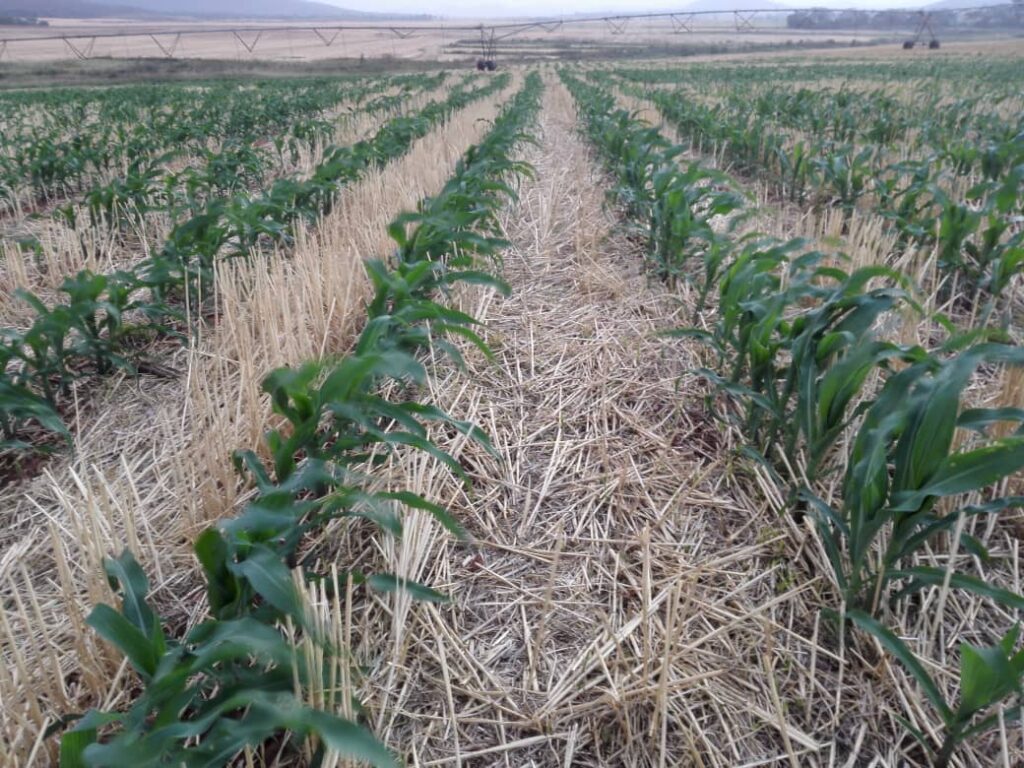
5. Pest and Disease Management
The monsoon season can create ideal conditions for pests and diseases. Here are some strategies to manage them effectively. By using natural remedies, conducting regular inspections, and ensuring good drainage, you can effectively manage pests and diseases in your garden during the monsoon season.
Natural Remedies
- Neem Oil: Neem oil is an effective natural insect repellent that can deter a variety of pests. Spray it on plants regularly to keep insects at bay.
- Garlic Spray: Garlic spray can act as a natural insecticide. To make it, blend garlic cloves with water, strain the mixture, and spray it on your plants.
Regular Inspections
- Check Plants Regularly: Inspect your plants frequently for signs of pests or diseases, such as discoloration, spots, or holes in leaves. Early detection allows for prompt action.
- Take Prompt Action: If you notice any issues, address them immediately. Remove affected parts of the plant, use natural remedies, or apply appropriate treatments to prevent the problem from spreading.
Good Drainage
- Ensure Good Drainage: Proper drainage is crucial to prevent fungal diseases, which can thrive in stagnant water. Make sure your soil is well-draining and consider using raised beds or mounds to improve water flow.
- Avoid Overwatering: Be cautious not to overwater your plants, as excessive moisture can promote fungal growth. Water only when necessary and ensure excess water can drain away.
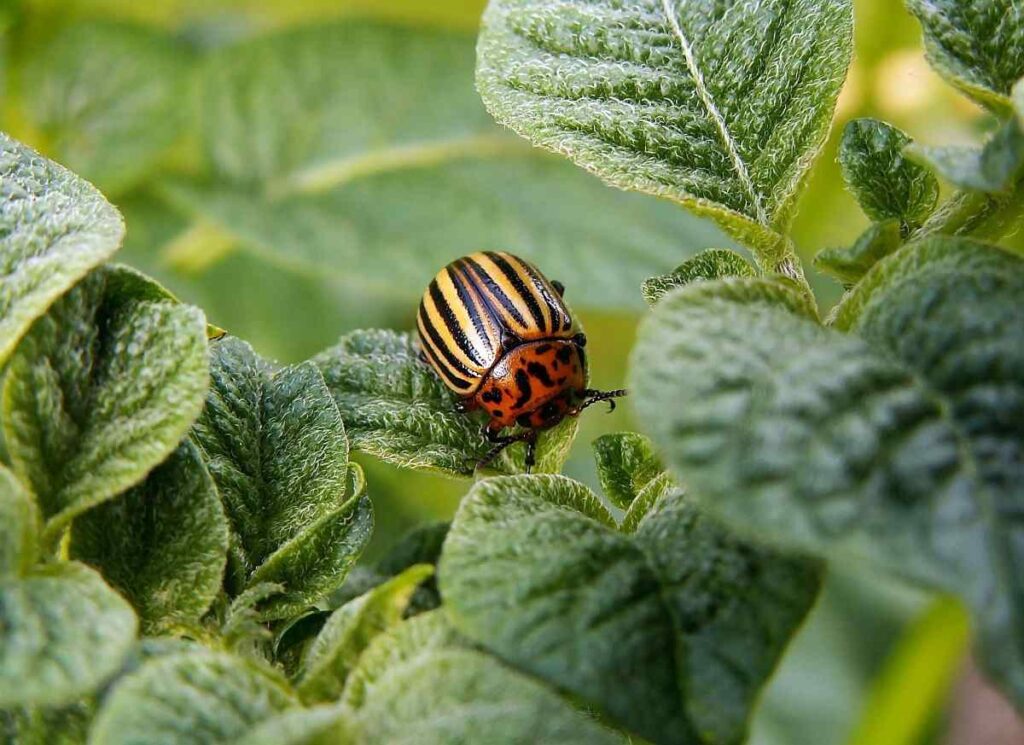
6. Pruning and Staking
Proper pruning and staking are essential for maintaining healthy plants and protecting them from the challenges posed by the monsoon season. By implementing proper pruning and staking techniques, you can help your plants withstand the monsoon season’s challenges and ensure they remain healthy and productive.
Pruning
- Remove Dead or Damaged Leaves and Branches: Regularly prune your plants to remove any dead, diseased, or damaged foliage. This helps to prevent the spread of diseases and pests.
- Promote Healthy Growth: Pruning encourages new growth by redirecting the plant’s energy towards producing healthy leaves and branches.
- Improve Air Circulation: By thinning out dense foliage, you can improve air circulation around your plants, reducing the risk of fungal infections.
Staking
- Support Tall Plants: Use stakes to support tall or top-heavy plants, such as tomatoes, peppers, and some flowering plants. This helps prevent them from falling over due to heavy rain and strong winds.
- Secure the Plants: Tie the plants to the stakes using soft ties, ensuring they are secure but not too tight to avoid damaging the stems.
- Monitor and Adjust: Regularly check the stakes and ties to make sure they remain effective as the plants grow, adjusting them as necessary.
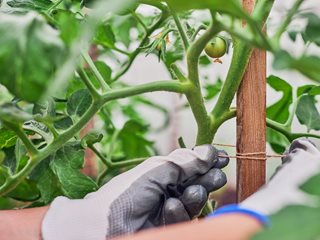
7. Water Management
Effective water management is crucial during the monsoon season to ensure that your plants receive the right amount of moisture without being overwatered. By avoiding overwatering and implementing water harvesting techniques, you can manage water efficiently and ensure your plants receive the right amount of moisture during the monsoon season.
Avoid Overwatering
- Reduce Additional Watering: During the monsoon, the natural rainfall usually provides sufficient moisture for your plants. Monitor soil moisture levels and only water if necessary.
- Check Soil Moisture: Before watering, check the soil moisture by inserting your finger about an inch into the soil. If it feels damp, refrain from watering.
Water Harvesting
- Set Up Rain Barrels: Install rain barrels or other water harvesting systems to collect rainwater from your roof or other surfaces. This collected water can be used during dry spells or in areas of the garden that may need additional moisture.
- Efficient Use of Rainwater: Use the harvested rainwater for watering plants, washing garden tools, or other garden-related tasks. This helps conserve water and makes efficient use of natural resources.
- Direct Runoff: Consider creating swales or other earthworks to direct rainwater runoff towards your garden beds, ensuring that your plants benefit from every drop of rain.

9. Fertilization
- Light Feeding: Fertilize lightly during the monsoon season as excessive fertilization can lead to lush but weak growth.
- Organic Fertilizers: Use organic fertilizers like compost or well-rotted manure to nourish your plants naturally.
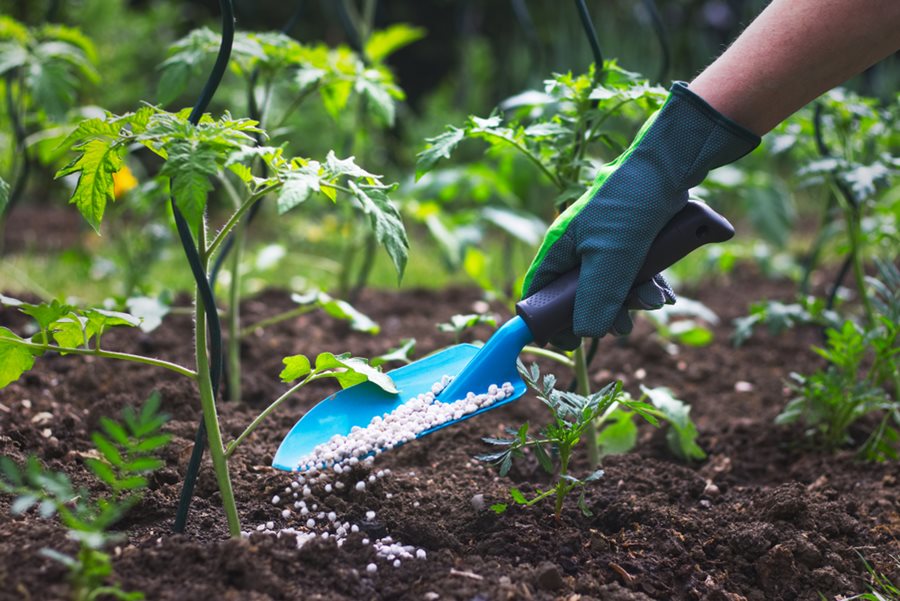
10. Maintenance and Care
- Weeding: Keep the garden free of weeds, which compete with your plants for nutrients and water.
- Cleanliness: Maintain garden cleanliness by removing fallen leaves and debris to prevent pest and disease buildup.
